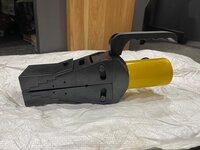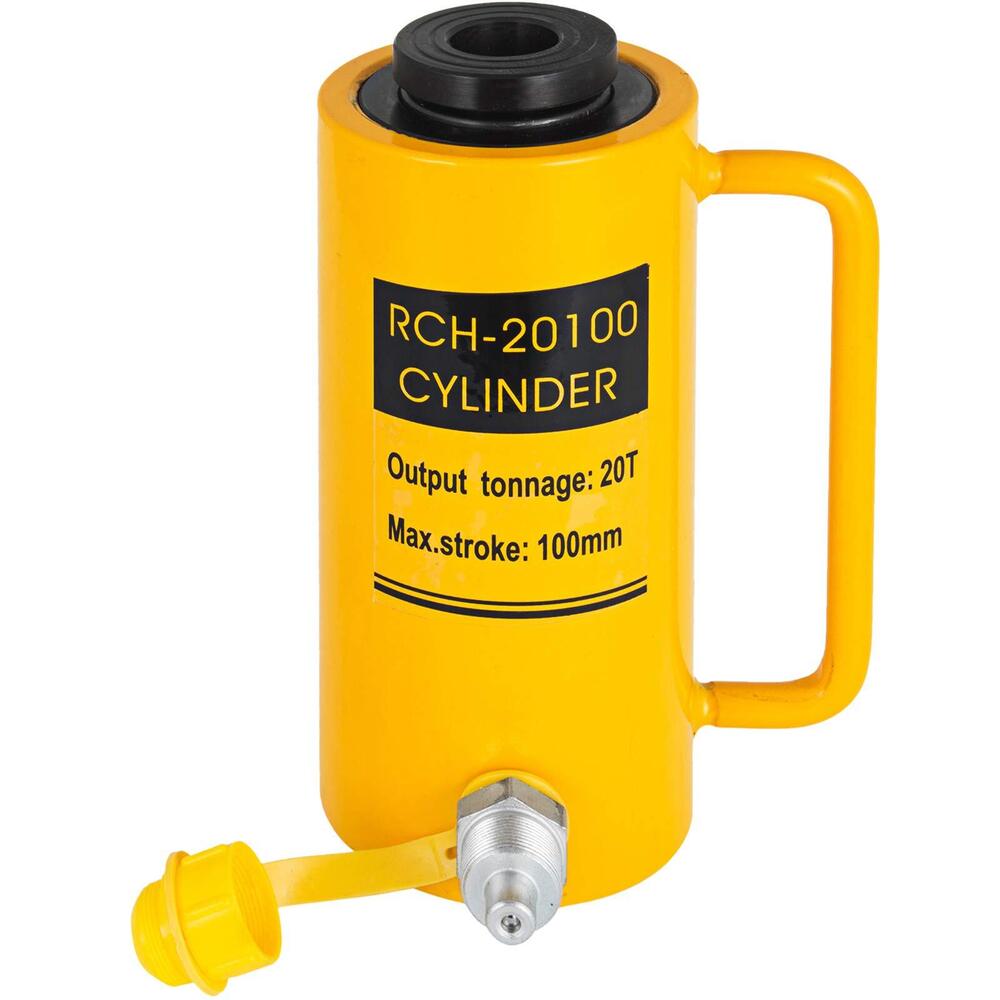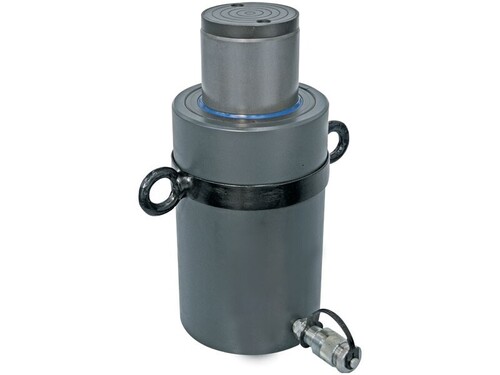


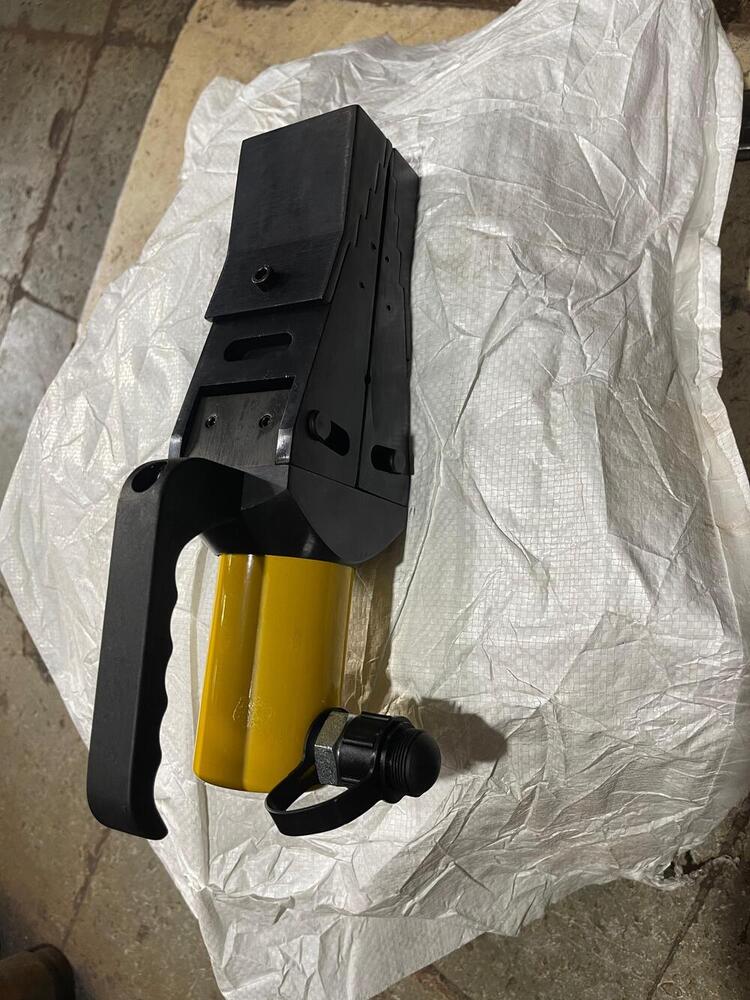

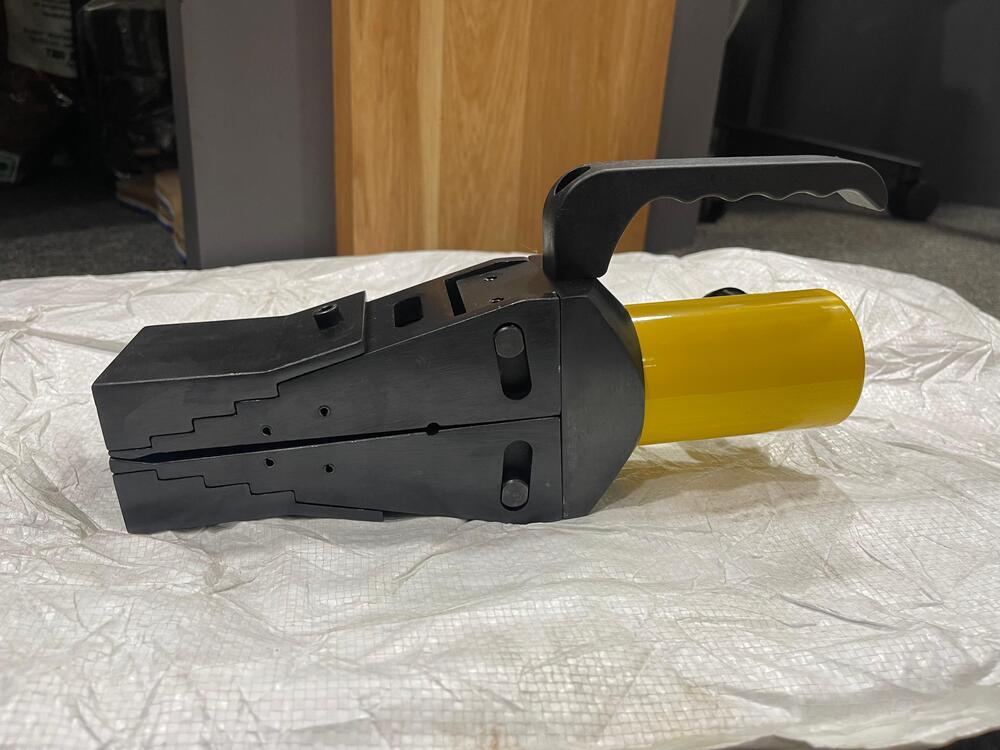

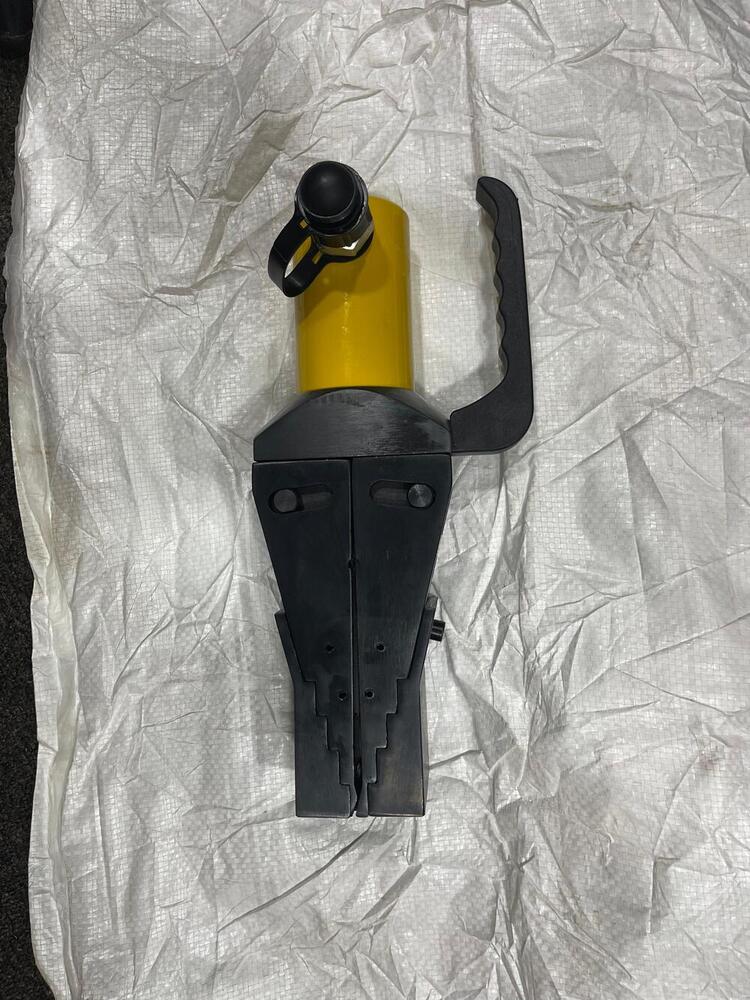


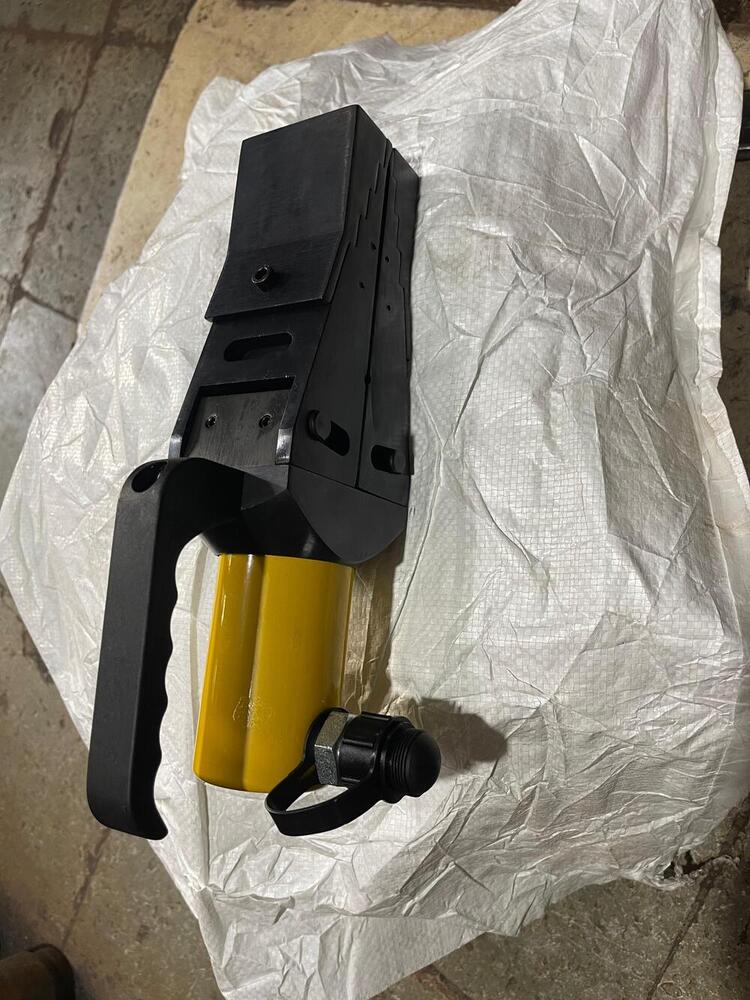
Hydraulic Flange Spreader 14 Ton
Product Details:
Hydraulic Flange Spreader 14 Ton Price And Quantity
- 20000.00 - 30000.00 INR/Piece
- 20000 INR/Piece
- 1 Piece
Product Description
A hydraulic flange spreader is a mechanical tool used to safely and efficiently separate or "spread" flanges in a variety of industrial applications. These spreaders are commonly used in the maintenance, repair, and assembly of pipelines, valves, pumps, and other flanged connections. The tool operates using hydraulic pressure to generate a controlled, even force that helps to separate the two flanges, often to allow for the insertion of gaskets, the removal of old seals, or to facilitate cleaning or inspection between the two mating surfaces.
Key Features of Hydraulic Flange Spreaders:
-
Hydraulic Operation: The tool typically operates with a hydraulic pump, which can be manual, electric, or air-powered. The hydraulic pressure applied by the pump pushes the spreader blades apart, gradually opening the flange joint.
-
Controlled Force: Hydraulic spreaders allow for precise control over the force being applied. This prevents damaging the flange, gasket, or adjacent equipment during the spreading operation.
-
Safety Features: They often come with safety mechanisms to ensure the tool doesn™t slip or cause accidental damage. Many spreaders also have anti-slip pads or gripping mechanisms to hold the flanges in place securely.
-
Adjustable Spread: Hydraulic flange spreaders often feature adjustable blades, so they can be used on a variety of flange sizes and configurations.
-
Applications:
- Maintenance and Repairs: These tools are often used during routine maintenance on equipment like valves, pumps, heat exchangers, or pipe systems.
- Installation and Removal of Gaskets: Hydraulic flange spreaders are essential for safely removing or installing gaskets between flanged connections.
- Disassembly of Flanged Joints: When performing inspections, disassembling flanged joints for cleaning, or replacing seals, hydraulic spreaders can make the process easier and less labor-intensive.
-
Materials: Flange spreaders are generally made of high-strength steel and are designed to withstand heavy pressure while being resistant to corrosion.
Benefits of Hydraulic Flange Spreaders:
- Efficiency: Hydraulic spreaders significantly reduce manual labor and time compared to using mechanical or manual tools.
- Safety: The controlled, gradual force minimizes the risk of injury or damage to the equipment, making it safer for technicians.
- Versatility: They can be used on a variety of flange sizes and configurations, making them versatile tools for different industrial applications.
Common Brands:
Some well-known brands in hydraulic flange spreaders include Enerpac, Hytorc, SKF, and Hydratight.
Considerations:
- Size of Flange: Ensure the spreader is designed for the size and pressure rating of the flanges you're working with.
- Hydraulic Pressure: Check the pressure rating of the hydraulic system to ensure it can provide sufficient force for the application.
- Environment: Consider the operating environment, including temperature, humidity, and whether the tool will be used in hazardous or confined spaces.
If you're looking for one for a specific application or industry, there are models optimized for various tasks such as heavy industrial use, high-temperature environments, or low-clearance areas.

Price:
- 50
- 100
- 200
- 250
- 500
- 1000+
Other Products in 'Hydraulic Jack' category
 |
BEST HARDWARE
All Rights Reserved.(Terms of Use) Developed and Managed by Infocom Network Private Limited. |

 Send Inquiry
Send Inquiry






